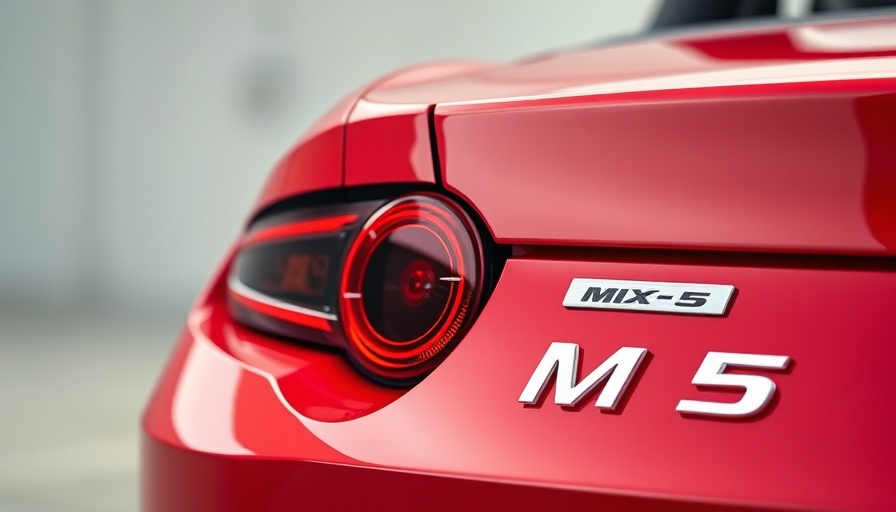
Understanding the Basics of Mild Hybrids
As we navigate the evolving landscape of automotive technology, the concept of mild hybrids stands out as a fascinating development. Mild hybrids, unlike their full hybrid counterparts, are designed to assist the internal combustion engine rather than replace it entirely. This innovative system primarily includes a small electric motor that complements the existing engine, enhancing efficiency without the ability for battery-only driving.
Historical Context: The Birth of Mild Hybrids
While hybrids like the iconic Toyota Prius revolutionized the automotive industry by offering electric-only driving options, the initial foray into mild hybrids by General Motors in the late 2000s laid the groundwork for this technology. Models such as the 2007 Chevrolet Malibu employed a rudimentary alternator-starter hybrid system that allowed for moderate assistance to the engine. This paved the way for more advanced systems we see today, which utilize 48-volt electrical architectures to significantly improve performance and efficiency.
The Surge of 48-Volt Systems: Benefits and Impact
Today's mild hybrids leverage a 48-volt setup, enhancing energy efficiency and reducing operational losses compared to the traditional 12-volt systems. The increase in voltage not only permits higher power delivery but also enables automakers to eliminate conventional starter and alternator components, simplifying vehicle design and reducing overall weight. This evolution marks a significant step forward in hybrid technology, prompting many manufacturers to implement these systems across a wider range of models.
Functionality: An Overview of How Mild Hybrids Work
At the heart of a mild hybrid is a belt-driven electric motor that collaborates seamlessly with the internal combustion engine. This motor draws from a compact lithium-ion battery, which is crucial for running the electrical subsystems. When the vehicle comes to a stop, the electric motor can power down the engine, enabling longer engine-off durations that save fuel. Furthermore, regenerative braking technology allows the vehicle to recapture energy that would otherwise be wasted, boosting efficiency and performance.
Looking Ahead: The Future of Mild Hybrids
As consumer preferences shift towards greener vehicles, the mild hybrid market is expected to expand. With the increasing acceptance of electric vehicles and stricter emissions regulations, automakers are likely to invest heavily in making mild hybrids more attractive and accessible. The improvements in technology promise better performance, greater efficiency, and enhanced value for buyers.
Conclusion: A Smart Choice for Today's Drivers
For dealership principals and fixed operations directors, understanding the intricacies of mild hybrid technology is essential for guiding customers toward informed purchasing decisions. As the automotive industry continues its transition toward electric mobility, mild hybrids offer a practical solution for those seeking enhanced efficiency without the need to completely abandon traditional combustion engines.
 Add Row
Add Row  Add
Add 




Write A Comment